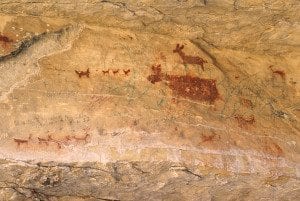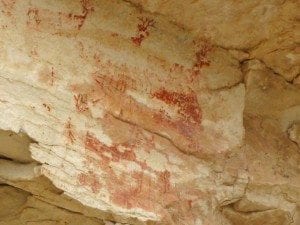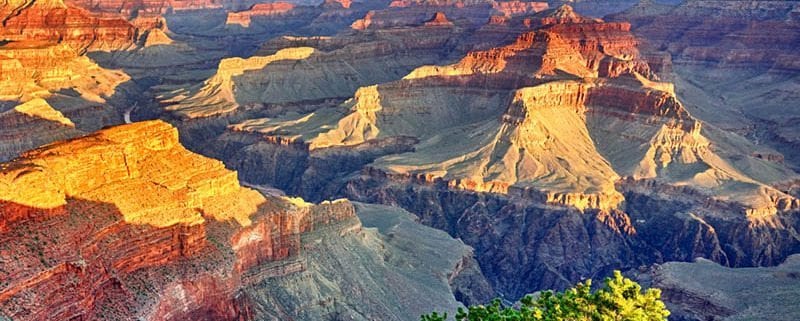Grand Canyon Experts | A conversation with Stewart Aitchison: Part 1
A conversation with Stewart Aitchison: Part 1
Stewart Aitchison has lived in Flagstaff for more than 40 years, originally coming to northern Arizona to attend Northern Arizona University. He worked for about 10 years as a field biologist for the Museum of Northern Arizona before serendipitously becoming a naturalist for Lindblad Expeditions, which has recently partnered with National Geographic. Stewart Aitchison’s research and travels have resulted in numerous books and articles, and his photography has been published widely. His most recent books is The Desert Islands of Mexico’s Sea of Cortez, Univ. of Arizona (Tucson) Press, 2010.
Q Tell us a little bit about your background as it relates to Grand Canyon?
A I moved out to Flagstaff in 1965 to go to school here, and I have been exploring the Canyon ever since. The first time I visited the Grand Canyon was in the 1950s on a family vacation. We went to a little café, and I sat by the window with a view straight down into Grand Canyon. When I returned to the Canyon, after having moved to Flagstaff, it took me quite awhile to discover where that little café and motel used to be – it was torn down and replaced by an uranium mine.
Occasionally, I work as a step-on guide for business groups staying in Sedona. But for those groups, it’s a challenge giving them a meaningful Grand Canyon experience. You can’t see the Grand Canyon in an hour. Nowadays, I try to do several backpacking trips a year with the Grand Canyon Field Institute, part of the Grand Canyon Association.
Q Where do you take people on those excursions?

Pictograph, Bright Trail | Picture by: Stewart Aitchison
A These are typically five-day backpacking trips in Grand Canyon and there is me and also another guide who is trained as a first responder in case of an emergency. One trip I often do is over to a side canyon called Clear Creek. We hike down the Bright Angel Trail and spend the night at Bright Angel Campground. The next day we take the Clear Creek Trail to the east. This is a fairly tough hike this second day, so the people on the trip have to be in pretty good shape. The Field Institute staff interviews potential participants beforehand to see how much hiking experience they have and what condition they are in. This helps potential participants determine if it is the right trip for them – and those pre-trip

Bright Angel Trail | Picture by Steele Wotkyns
interviews have helped a lot. On the third day, we hike up Clear Creek to Cheyava Falls, which is Hopi for intermittent, but it’s the highest waterfall in Grand Canyon when it’s flowing in the spring. You can actually see the falls from the South Rim if you know where to look. You can see it from Mather Point in the right light – it’s a little white speck or streak – if you know where to look.
Q Is there another trip you take people on?
A A popular one is a beginning backpacking trip to Indian Gardens. From there we do day hikes.
Q Where do you go on the day hikes from Indian Gardens?
A Usually, we’ll go either east or west on the Tonto Trail – both directions are nice. Or sometimes down to the Colorado River. If you take it to the west there is an old mine, where beginning in 1891 Dan Hogan extracted copper ore. Many years later, it was discovered that there was uranium mixed in with the copper, a much more valuable mineral. The mine was reopened and more fully developed during the 1950s.
Part 2 of our conversation with Stewart Aitchison will be published next week.
Resources and for further reading:
Grand Canyon: Window of Time, by Stewart Aitchison, Sierra Press. 1999.
Grand Canyon’s North Rim and Beyond, by Stewart Aitchison, Grand Canyon Association. 2008




